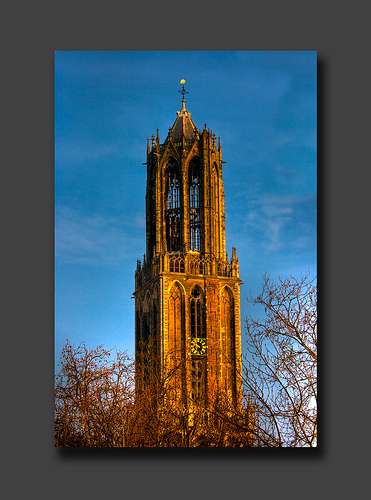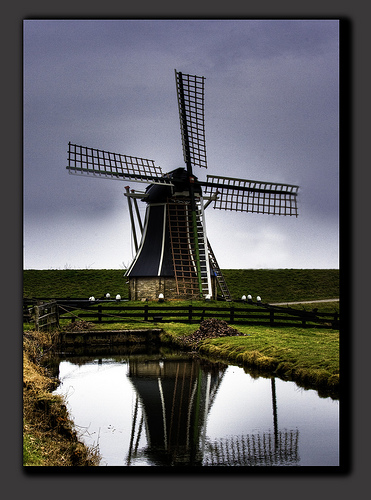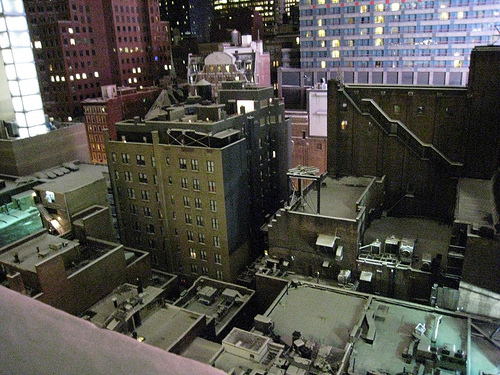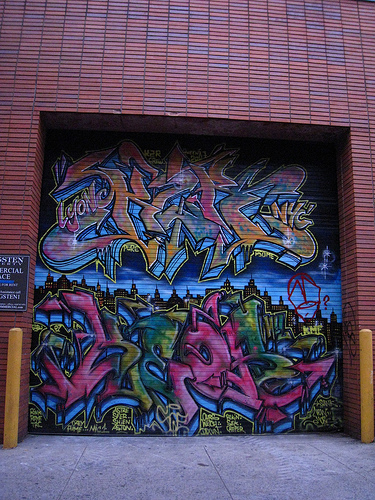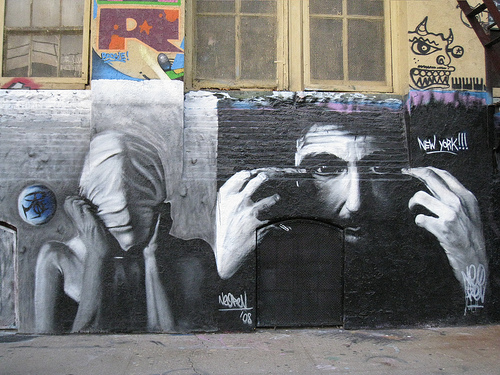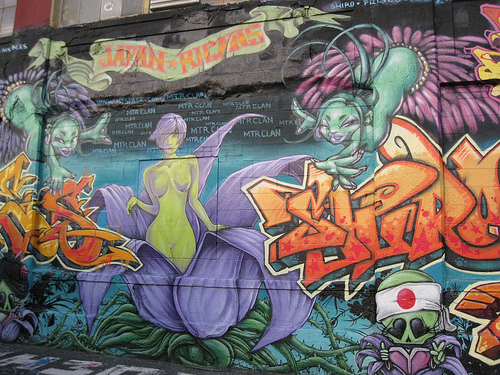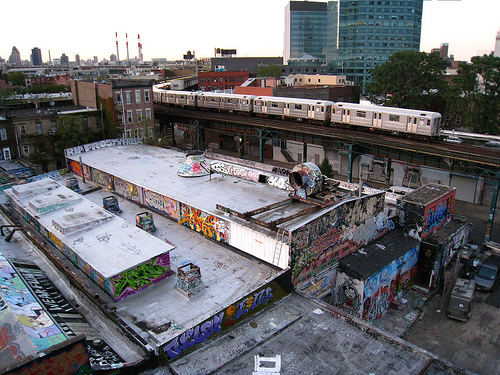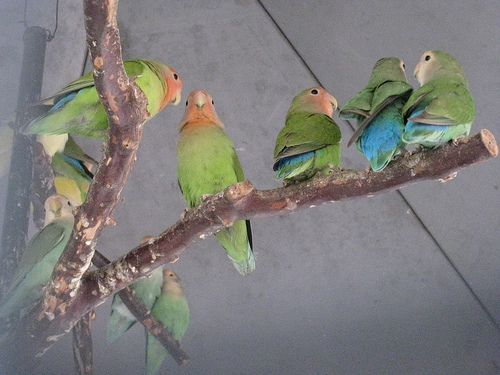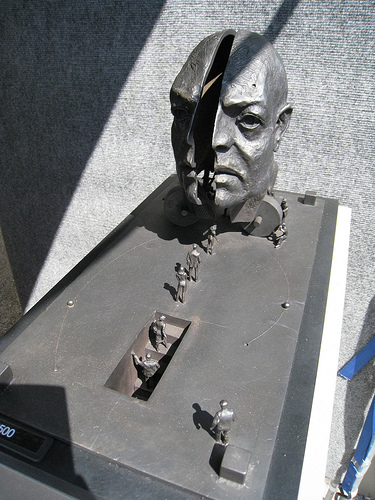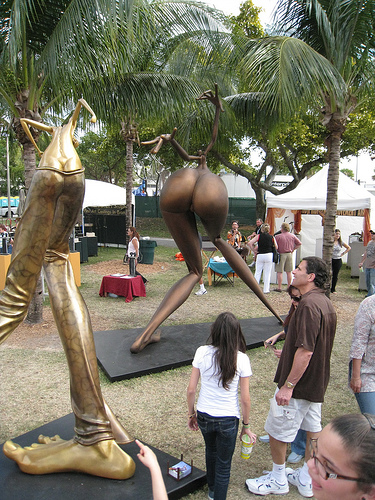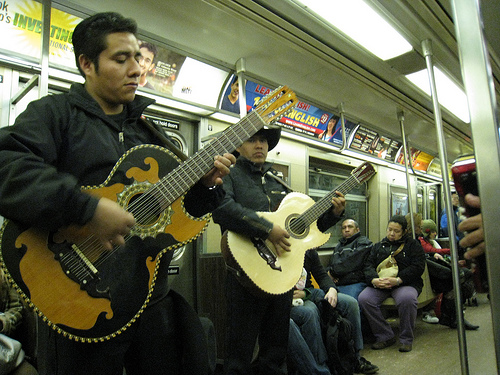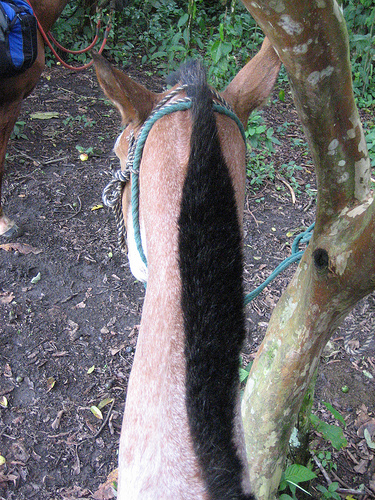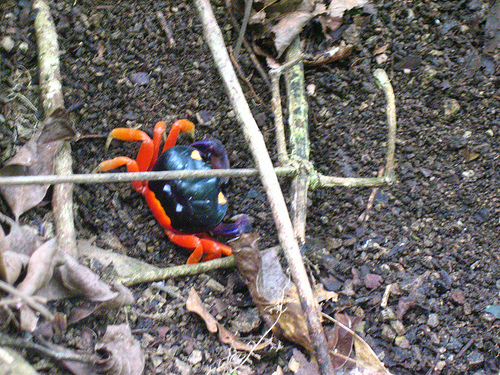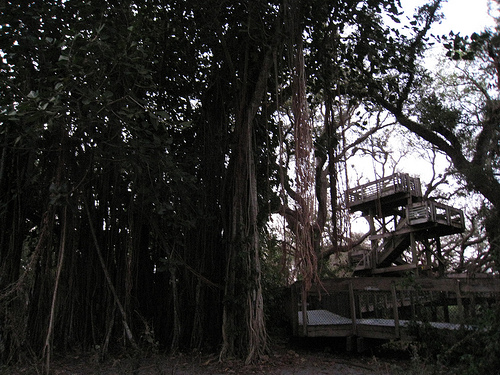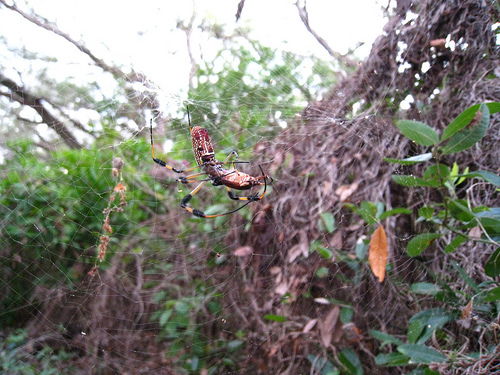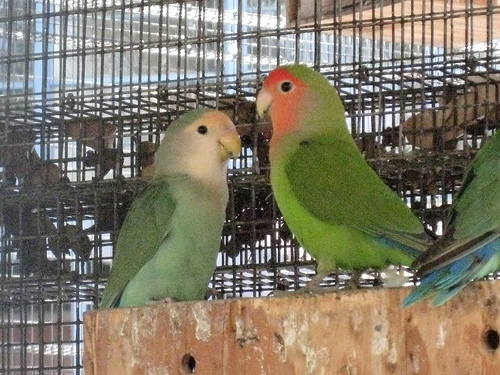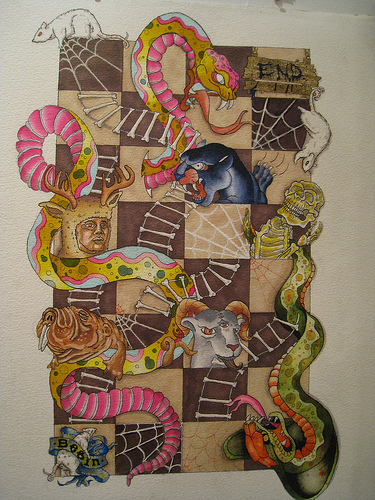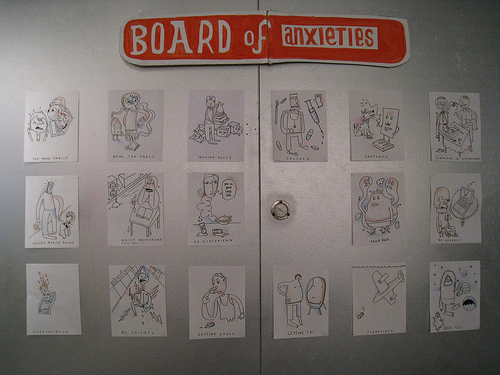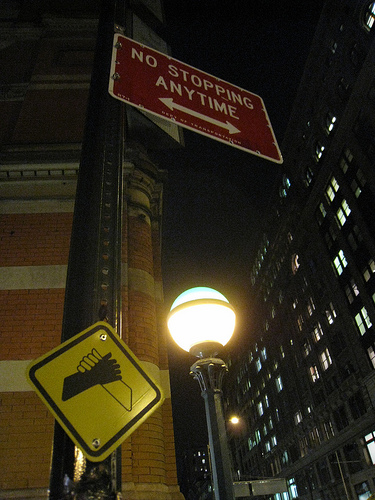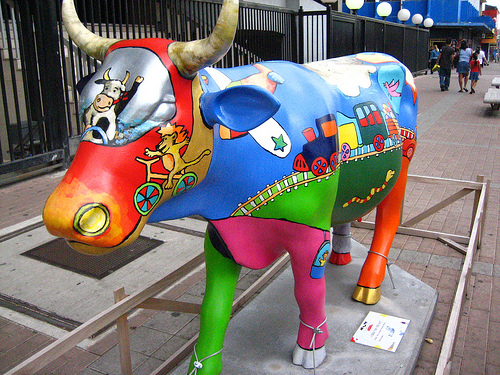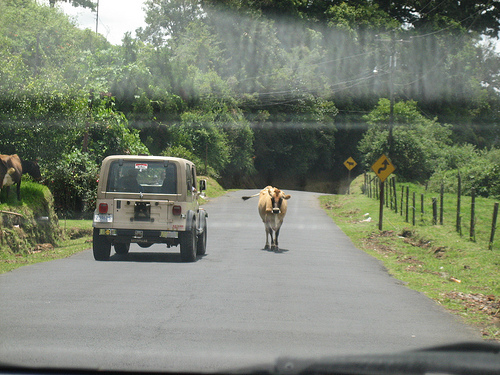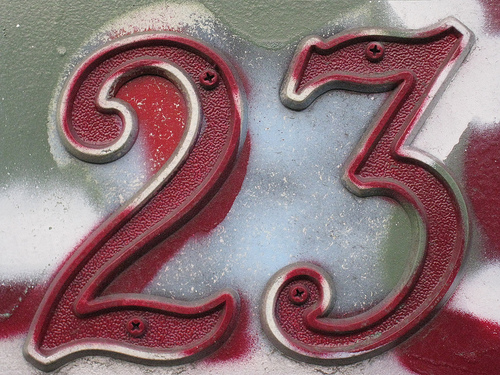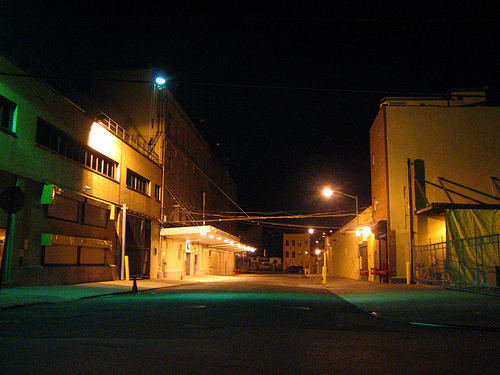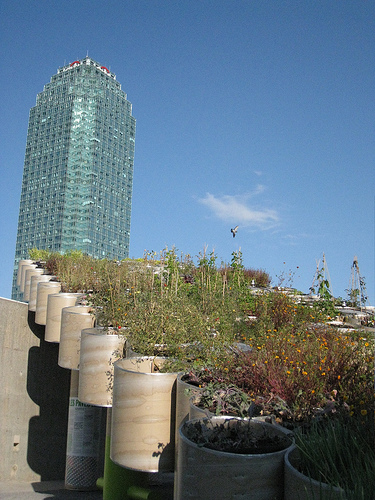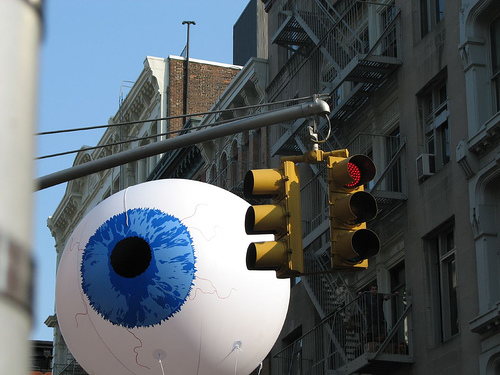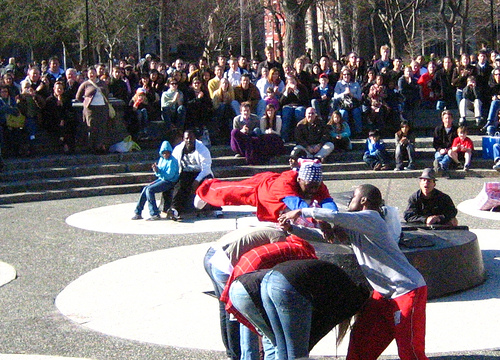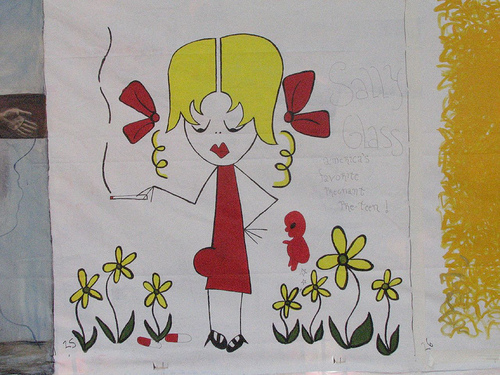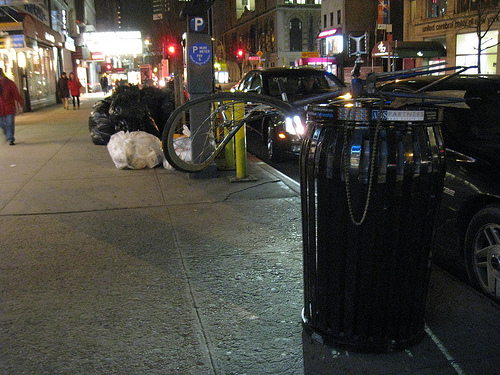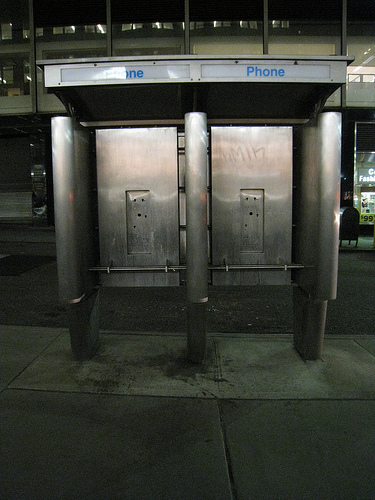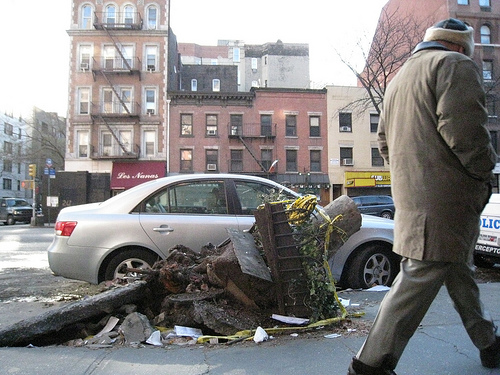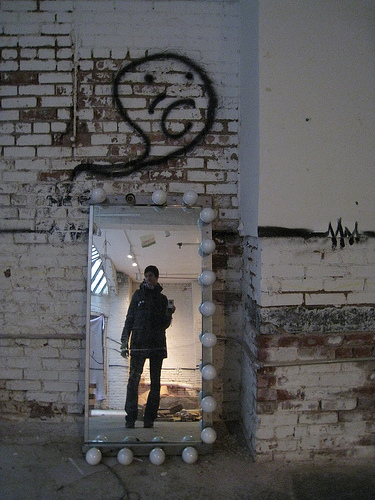When we first got married, Husband opened my eyes to Native American art and culture. I’ve written before about our trips to Arizona and New Mexico, especially in Going to Gallup, and how reverential we feel toward the Navajo way. We’ve also fallen in love with Navajo rugs and the meaning behind the various patterns. Over the years, we’ve attended several rug auctions, and our experiences at them, as well as the beautiful items we purchased, still make us smile.
The auction we kept missing is by the Crownpoint Rug Weavers Association in Crownpoint, New Mexico, where rugs can be bought for $50 to $5,000+. This storied sale is held once a month at the elementary school in Crownpoint, a town where 90% of the 2500 residents are Navajo. There are no street names or house addresses. Directions to the auction are as follows: Take the Crownpoint exit on Hwy 371 and drive until you see a lot of cars. That will be the school parking lot.
The tables in the school lunchroom are strewn with over 300 rugs of all size and design, each created by a local artist. The native weavers sit in the back of the lunchroom, and the bidders in front. Bidders come from all over the country and the world. The school hallway is lined with townspeople selling handmade crafts and home-cooked foods. We saw a couple eating a fragrant vegetable soup, and when we asked where they purchased it, they said they’d brought it themselves. They walked outside and returned with two hearty bowls for Husband and I. We were almost speechless as they handed us giant wedges of homemade bread.
Our goal for the evening was to win a rug large enough to actually put on the floor instead of the wall. During the pre-auction viewing, we looked at so many rugs our heads were spinning. We wrote down the numbers of about 20 we both loved and would be honored to live with, and concurred on a price we would not bid over. Then we agreed on a ‘panic price’, the amount beyond the limit we had just agreed on that we DEFINITELY would not go over.
The spirits were smiling on Crownpoint that night as a good percentage of the rugs brought for sale found new homes. If a rug doesn’t sell, the native weaver must take it home and present it again the next month. The weavers depend on the money from their craft to pay their bills, raise their families, and continue weaving. If they can’t make a living as weavers, they must find any work they can. Then the knowledge and expertise they have will not be passed down, and a tradition dies.
When the auction began, the very first rug shown for sale was the one on our list we had put two stars next to. There was no time to react, only time to raise our bidding card in the air. Our second bid was our panic price. Our third bid won it. Apparently, we had a post-panic price we didn’t know about. Thrilled with our purchase, we sat and watched for the next two hours, chatting with those around us and admiring the workmanship on display. We left at the end of the night feeling good for many reasons.
The Navajo are among the most talented and humble of our country’s artisans. Navajo weaving can be traced back hundreds of years, from its beginnings on the looms of the Pueblo Indians who wove cotton garments, to the mid-seventeenth century when the wool of Spanish sheep was used, to the days of the trading posts when the Native American presence surged. Today, Navajo rugs are valued not only for home décor, but as original works of art that will become increasingly rare.
We live in a world where it costs more and more to live decently, and an economy that makes doing so less and less possible. Art forms passed down from generation to generation define a culture and its place in the foundation of history. It’s a great feeling to support and respect those peoples among us who are striving to preserve a history we are all a part of. They are the keepers of a past it is still possible to reach out and touch.
Today’s guest photographer is Cousin, who just returned from Amsterdam.
Thanx for the pics, Cuz, and welcome back



